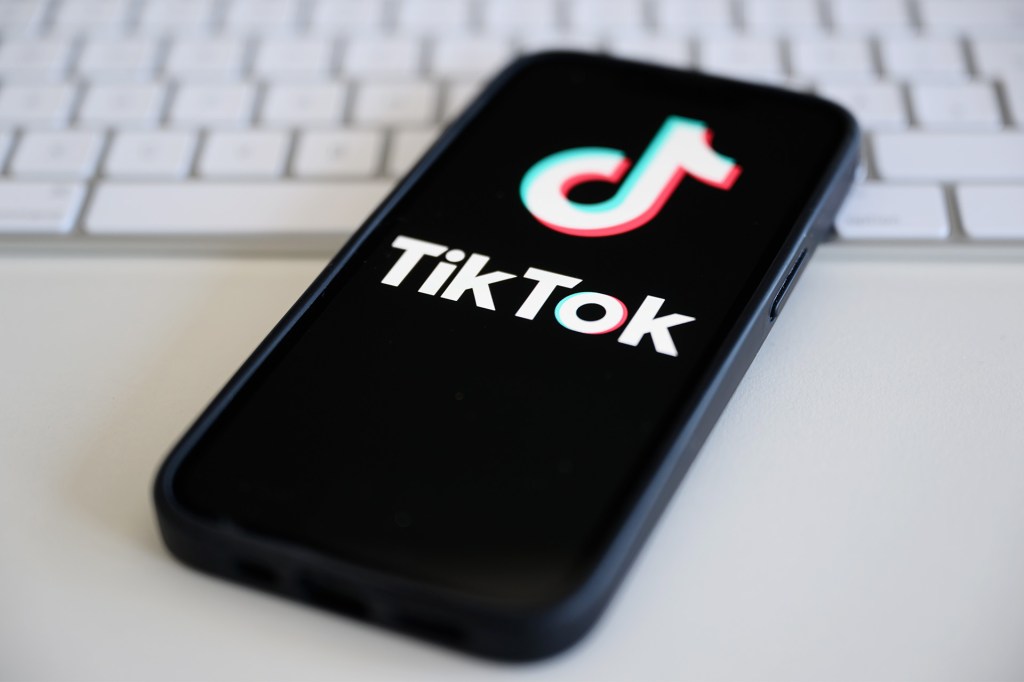Shooting for the Moon

It was July 20, 1969. Astronauts Neil Armstrong and Buzz Aldrin climbed out of the Apollo 11 lander. They stepped onto the lunar
lunar
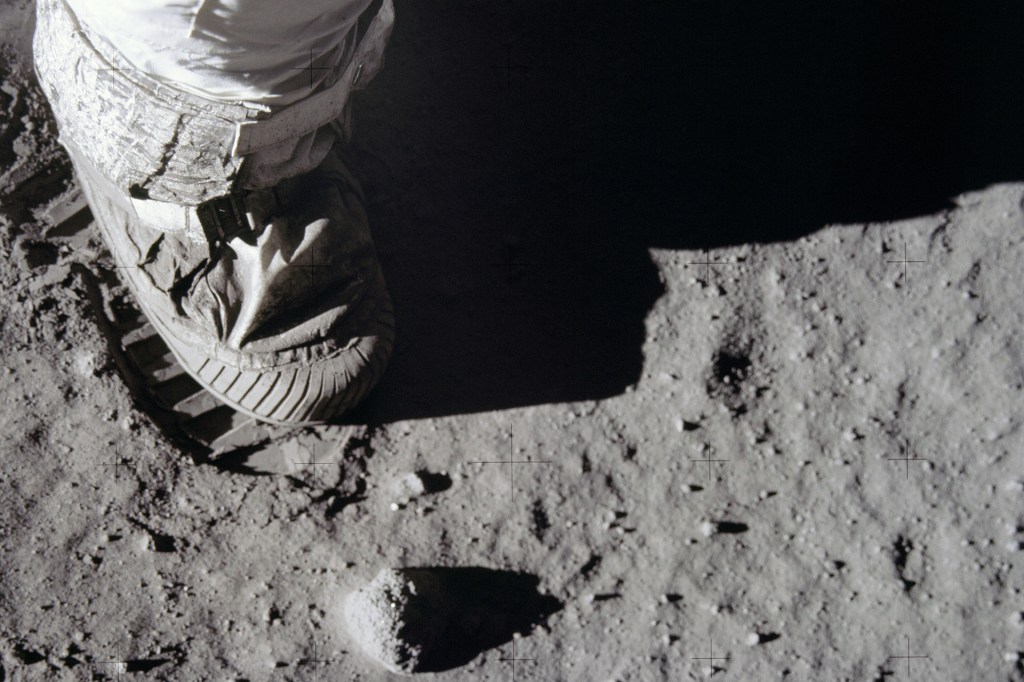 NASA
relating to the moon
(adjective)
Astronaut Neil Armstrong returned to Earth with lunar rocks and dust.
surface. The United States had beaten the Soviet Union in the race to put humans on the moon.
NASA
relating to the moon
(adjective)
Astronaut Neil Armstrong returned to Earth with lunar rocks and dust.
surface. The United States had beaten the Soviet Union in the race to put humans on the moon.
Fifty years later, a new race is on. “Our team is excited to get back to the moon,” says Marshall Smith of NASA. But this time, there’s more competition. China is focusing on space travel. Private companies are building rockets, too.
Why go back to the moon? There are fortunes to be made. Space-based businesses add $350 billion to the world economy
economy
 SERTS—GETTY IMAGES
the system by which goods and services are provided, sold, and bought
(noun)
When a country's economy is strong, most of its citizens have jobs.
. And new technologies might be discovered. Space research may lead to advances in artificial intelligence
artificial intelligence
SERTS—GETTY IMAGES
the system by which goods and services are provided, sold, and bought
(noun)
When a country's economy is strong, most of its citizens have jobs.
. And new technologies might be discovered. Space research may lead to advances in artificial intelligence
artificial intelligence
 MONTY RAKUSEUN—GETTY IMAGES
the ability of machines to imitate human intelligence
(noun)
Artificial intelligence has made it possible to manufacture cars faster than ever before.
and air-traffic control.
MONTY RAKUSEUN—GETTY IMAGES
the ability of machines to imitate human intelligence
(noun)
Artificial intelligence has made it possible to manufacture cars faster than ever before.
and air-traffic control.
Plus, the moon has ice. Ice could be turned into oxygen for visiting astronauts. And it could be used to make rocket fuel. Ships could refuel on the moon before taking off for Mars.
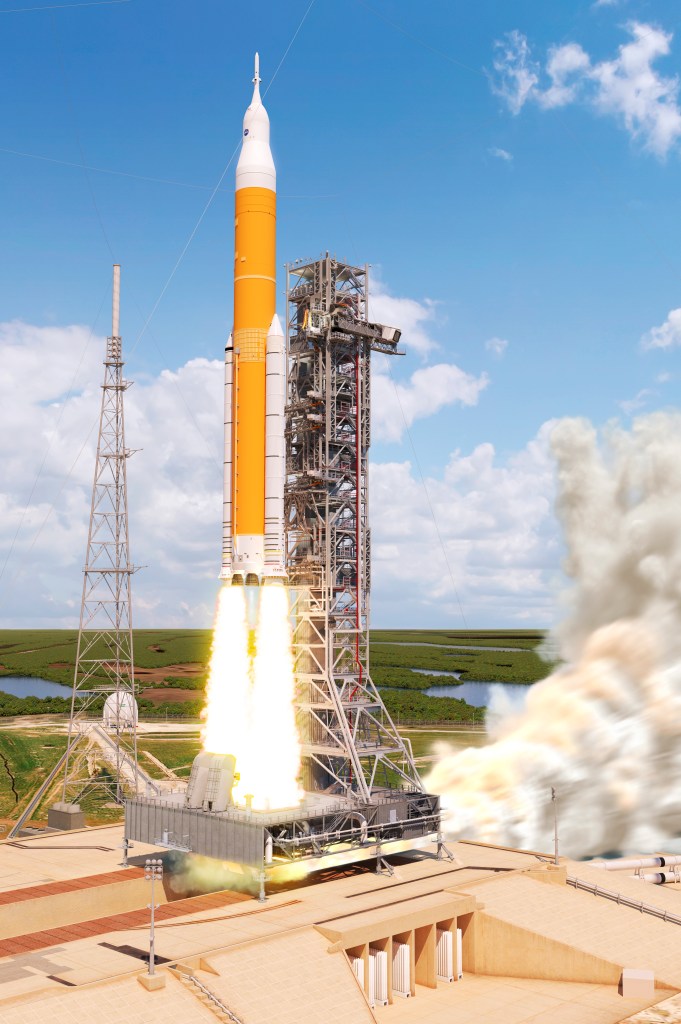
LIFTOFF! This artwork shows the powerful Space Launch System, a rocket that may carry astronauts into space.
NASACompeting Nations
NASA wants to send the next man and the first woman to the moon by 2024. Will China get there sooner? In January, it became the first country to land a rover on the far side of the moon. “We are building China into a space giant,” said the rover’s designer, Wu Weiren.
But the U.S. leads in rocketry know-how. NASA is building a rocket called the Space Launch System. It will carry a spacecraft called Orion to the Gateway orbiter (see sidebar, Space Base). From there, crews will take a lander on trips to the moon’s surface.
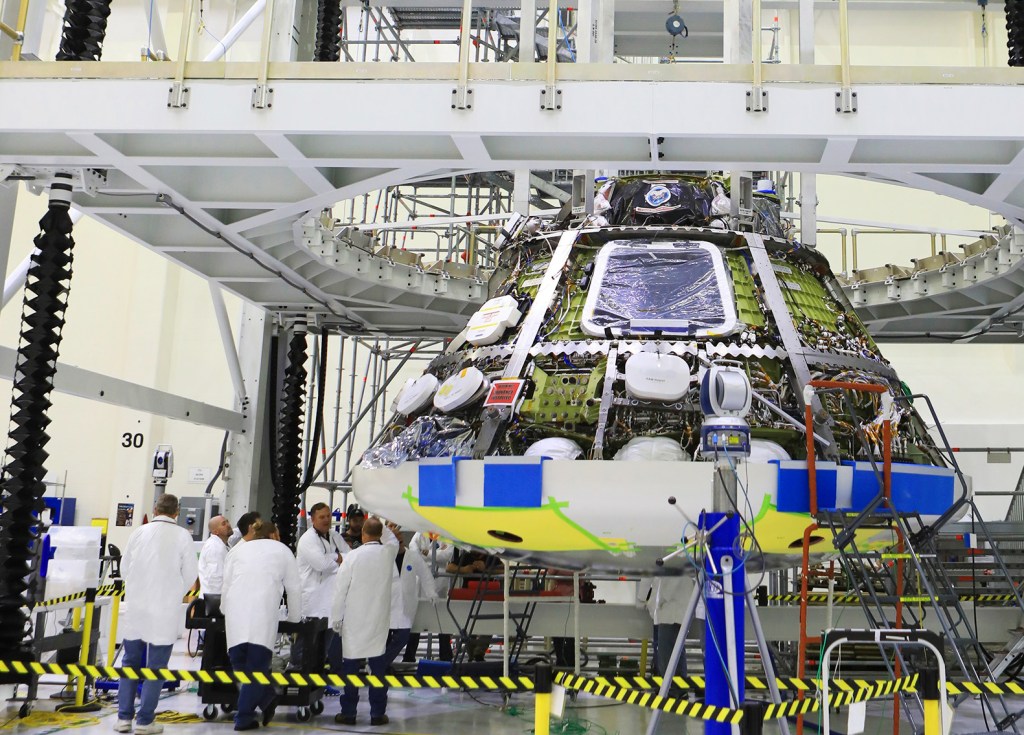
PREP WORK Engineers build the Orion spacecraft at NASA’s Kennedy Space Center in July 2018.
NASANASA’s budget is around $20 billion. President Donald Trump has asked Congress to add around $1½ billion. But public support for funding lunar projects isn’t there, says NASA’s Mark Kirasich. “We could fly more often with more funding if the nation wanted to fly more often,” he says.
The Newcomers
There’s plenty of money at Blue Origin. The company’s owner is the billionaire head of Amazon, Jeff Bezos. In May, he unveiled
unveil
 DAVID PAUL MORRIS—GETTY IMAGES
to show something to others for the first time
(verb)
Apple unveiled the new iPhone yesterday.
plans for the Blue Moon lunar lander. Its anticipated launch date is 2024. “It’s time to go back to the moon,” Bezos says.
DAVID PAUL MORRIS—GETTY IMAGES
to show something to others for the first time
(verb)
Apple unveiled the new iPhone yesterday.
plans for the Blue Moon lunar lander. Its anticipated launch date is 2024. “It’s time to go back to the moon,” Bezos says.
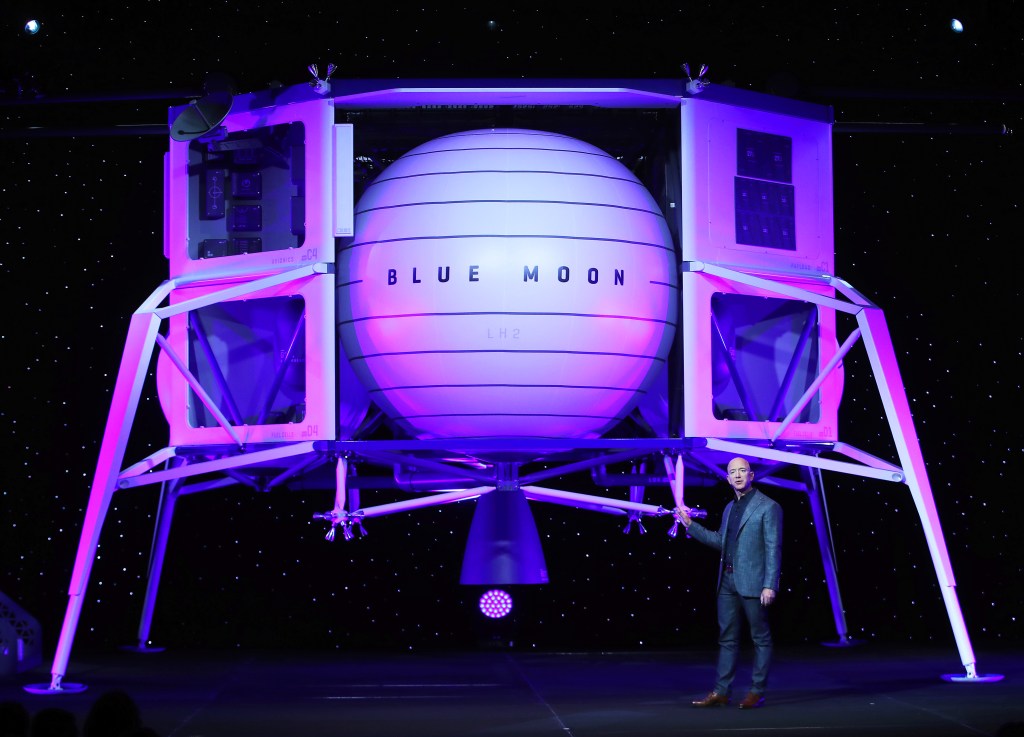
BIG PLANS Blue Origin founder Jeff Bezos presents a model of the Blue Moon lander at a conference in Washington, D.C., in May.
MARK WILSON—GETTY IMAGESAnother company, SpaceX, aims to launch Starship in 2021. This moon orbiter has room for 100 passengers. NASA’s Orion can hold only six people.
SpaceX's founder is billionaire Elon Musk. He wants to put a permanent base on the moon. Still, he knows he has big historical boots to fill. "Apollo 11 was one of the most inspiring things in all human history,” he says. “I’m not sure SpaceX would exist if not for Apollo 11."
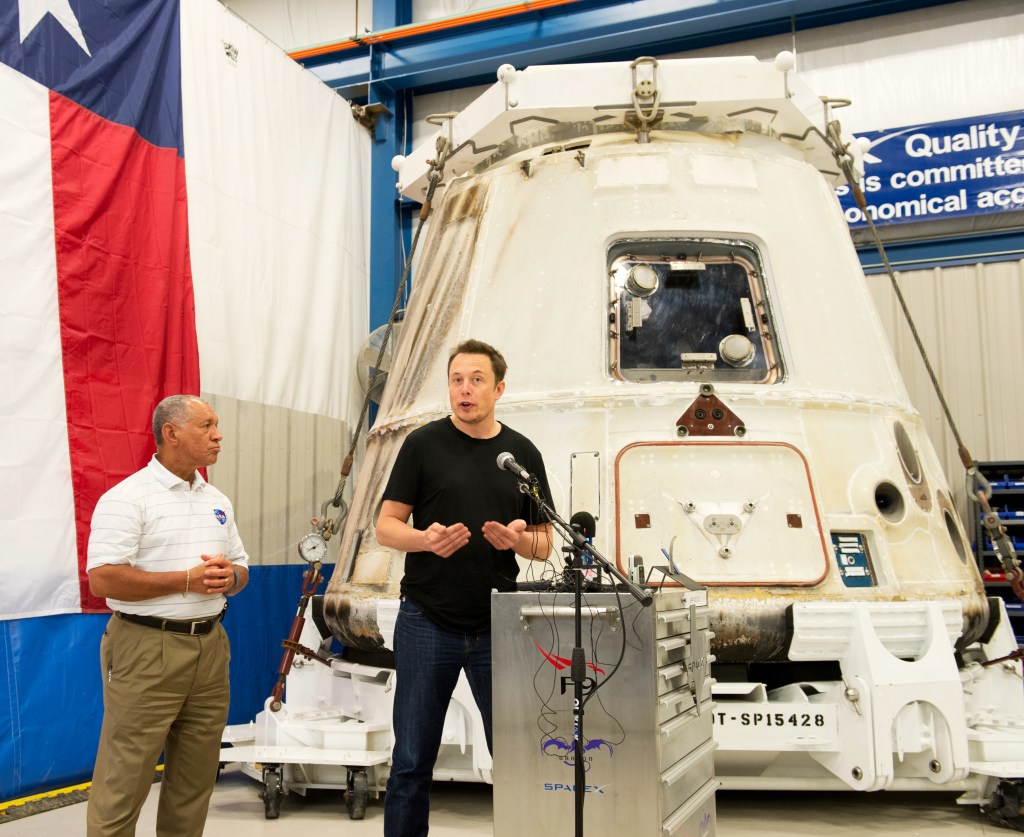
CREW-READY? In May, SpaceX founder Elon Musk speaks in front of a Dragon spacecraft, which is just back from an uncrewed mission.
ROBERT DAEMMRICH PHOTOGRAPHY INC/CORBIS/GETTY IMAGESSpace Base
Think of Gateway as a base camp for exploring the moon. Gateway will serve as a home for astronauts. It will travel in an egg-shaped orbit around the moon. Astronauts will position Gateway over the spot they want to explore. Then they’ll take a lander down to the lunar surface.
NASA plans to send parts up to Gateway in uncrewed rockets. The space agency is eager to get Gateway built by 2024. The orbiter will allow people to explore more of the moon than they ever could on the Apollo missions.

Looking for the cover quiz? After you sign in, click on the Resources tab to search Teaching Resources for printable versions of all our quizzes.





